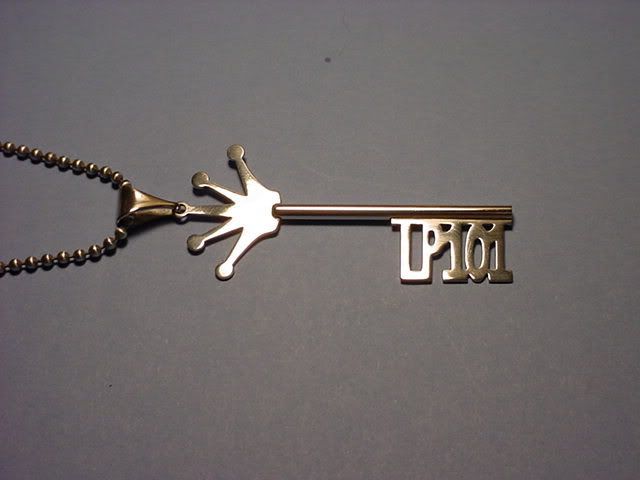Dragunov-21 - Chemistry is also a long-term interest of mine, but now I am very confused

I'm well aware of the potential that electronic hardware has to be used as 'gold ore', I understand the process of extracting gold and other precious metals from it.
I am confused and would like to learn how you managed to extract the gold by having "dumped the whole lot[of SIM cards] into a beaker of hydrochloric acid, left them for a coupla days" and being left with "a bunch of gold leaf and auric chloride. "
Given that gold is a noble metal, it should be unreactive to even conc. hydrochloric acid. Gold dissolving in a beaker of hydrochloric acid to give auric chloride just doesn't make any sense to me. In fact chemistry textbooks state outright that gold is unreactive to hydrochloric acid & all other unmixed mineral acids.
As I am sure you know, gold can be dissolved in Aqua Regia (mixture of conc. nitric and hydrochloric acids), but I am certain that it cannot be dissolved by just hydrochloric acid, nor other mineral acids for that matter.... can you explain?
Also, I understand how to electroplate gold, but how were you able to form gold leaf? I can think of ways to get metallic gold from gold present in a solution, but not in the form of gold leaf!! I'd be very interested to know how you did that.
I suspect that NO gold dissolved in the hydrochloric acid(therefore no 'bunch of auric chloride') and I suspect that the gold leaf you found is the gold from the contacts of each SIM card, that has been freed from the simcard by the acid dissolving the metal underneath the thin layer of gold in each contact, allowing the extremely thin gold layer to float away.
With no auric chloride, the only gold is these flakes - I don't understand how you could use these minute flakes of gold to electroplate....without first dissolving them in Aqua Regia or the old cyanide method - and both would be impractical with the amount of gold on 100 SIM cards, especially at home.
With respect, this just doesn't make sense to me, but I'm happy to be proved wrong.
...Mark








